Disaster Preparedness
Is Your Family Prepared for Floods and Other Natural Disasters?
Floods and freak storms are becoming more common—and a little preparation will go a long way if one occurs in your area. Whether you live near a river or reservoir, or very far away from one, or in an area vulnerable to storms or earthquakes, share these disaster safety tips with your family.
Make an Emergency Kit
Put the following into an easy-to-grab plastic box: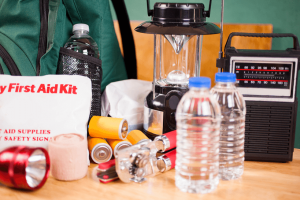
- blankets
- flashlights
- enough food, water, and supplies for three days
- radio and extra batteries
- first aid supplies
- medicines
- cell phone car charger
Keep handy one complete change of clothing and shoes per person, including wet-weather gear.
Make a Family Exit Map
Draw a map of your home, and create an exit route. Post where all can see it. Use it to practice exit drills with your family. Include the following: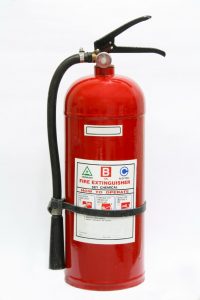
- The location of fire extinguishers
- Two ways to escape from each room in your home
- The route to a place outside your home where your family can meet after an emergency. If your home is at risk of flooding, make sure your meeting place is located at a higher elevation.
In Case of Flooding
Whether you live downstream from a reservoir or far away from one, it’s important to know how to recognize the signs of a flood and how to respond.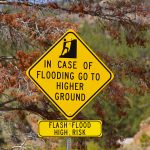
Be alert for these flood warning signs: increased water speed or depth, unusual amounts of debris in water, change in water from clear to muddy, or unusually cold water.
Evacuation Plan
If you see flood warning signs, you may need to evacuate at sudden notice. Decide in advance these details: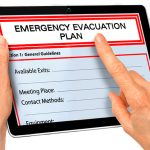
- Where is our family meeting place?
- How will we get there?
- Who will we call in case of an emergency?
- Where is our emergency kit, and who will be responsible for taking it?
- How will we help anyone in our family who is elderly or needs special assistance?
- How will we transport our pets?
Post your answers where everyone can see them. Use your plan to practice flood evacuation drills with your family, just as you practice fire drills at school.
If a storm is coming, stay indoors at least 30 minutes after you hear the last thunder. Keep away from windows, wiring, and plumbing.
If you are outside when a storm approaches, seek proper shelter—a large, enclosed building with conventional wiring and plumbing. If you can’t get indoors, take these precautions to avoid lightning strikes: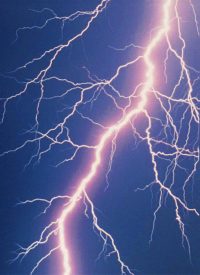
- Get into a hardtop car—not an open vehicle. Close windows.
- Avoid trees, tall objects, and metal.
- Avoid rivers, lakes, and swimming pools.
- Avoid open areas, including sports fields.
Never try to cross flooded areas with water over six inches deep.

